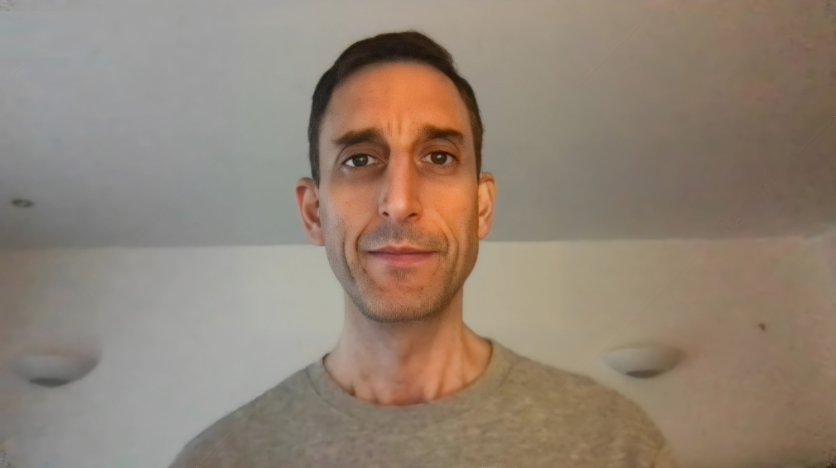
In your book, Disaster by Choice, you state a ‘disaster is a process manufactured and implemented by people and their choices,’ could you explain a little bit more about that statement?
The disaster is not what the environment is doing. The disaster is societal decisions to make the environment cause harm to us.
You also state that ‘neither climate nor climate change, by definition, can be or can cause a disaster,’ again, could you explain that a little further?
It has been suggested that money and fiscal policies will actually change the way we look at climate change. But in essence, would US $100 billion every year really tackle climate change?
Prof. Ilan Kelman spoke with Russell Isaac, Regional Expert, Communications and Knowledge Management at ADPC.
